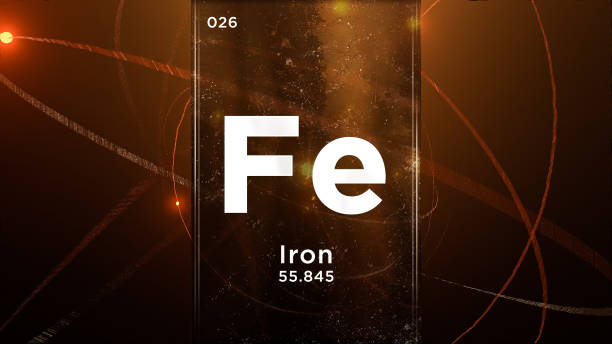Introduction
Iron-57 (Fe-57) is a stable, non-radioactive isotope of iron, widely used in scientific research due to its unique nuclear properties. Representing approximately 2.2% of natural iron, Fe-57 plays a critical role in applications such as Mössbauer spectroscopy, material science, and nuclear physics.
Physical and Nuclear Properties
- Atomic Number (Z): 26
- Mass Number (A): 57
- Isotopic Mass: 56.9353987 u
- Natural Abundance: ~2.2%
- Nuclear Spin: 1/2−
- Stability: Stable (non-radioactive)
Fe-57 is especially valuable for its nuclear resonance properties, which are exploited in high-resolution studies of solid-state physics and chemistry.
Applications
1. Mössbauer Spectroscopy
Fe-57 is the isotope of choice for Mössbauer spectroscopy, a technique that allows scientists to examine the atomic and magnetic structure of materials with exceptional accuracy. The isotope’s narrow gamma-ray resonance makes it ideal for detecting subtle changes in oxidation state, magnetic field, and chemical environment.
2. Material Science and Metallurgy
Researchers use Fe-57 to investigate the structural properties of steel and other iron-containing alloys. It helps reveal how atoms are arranged and behave under various environmental conditions, contributing to advancements in aerospace, automotive, and infrastructure materials.
3. Biochemistry and Environmental Studies
In biology, Fe-57 is used to trace iron metabolism in living organisms, offering insight into iron uptake, transport, and storage. In environmental science, it supports studies of iron’s role in soil chemistry and aquatic systems.
Where to Buy Iron Isotopes
Purchasing isotopically enriched iron, especially Fe-57, is essential for high-precision applications. Companies like AMT Ventures provide Fe-57 in various forms, including metallic, oxide, and compounds, tailored for scientific and industrial use. Key considerations include:
- Purity – High isotopic enrichment ensures accurate and reproducible measurements.
- Form – Available in powder, metal, or compound formats depending on the end-use.
- Shipping Regulations – Must comply with chemical handling and transport safety standards.
Production and Supply
Fe-57 is produced through isotope separation techniques such as electromagnetic or cryogenic distillation. Due to its growing use in advanced material research and diagnostics, global supply chains are expanding to meet scientific demand.
Future Outlook
The importance of Fe-57 continues to grow as precision science and nanotechnology evolve. Whether in the development of smart materials, biomedical diagnostics, or quantum sensors, Fe-57’s role is expanding. Ongoing innovations in spectroscopy and isotope separation are likely to increase both accessibility and application of this valuable isotope.
For more information or to inquire about Fe-57 products, please visit Nakima Ltd.

